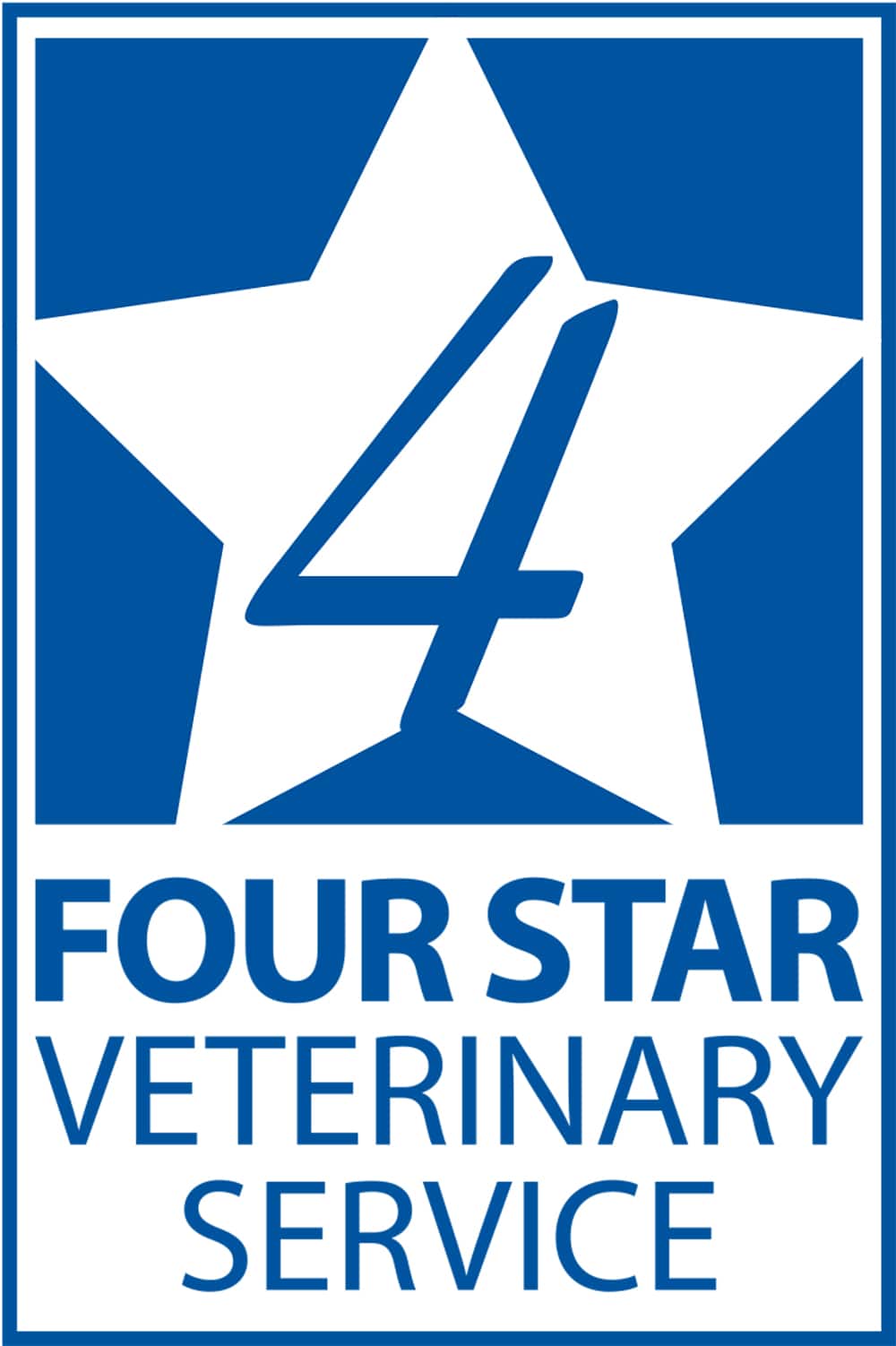In fall 2019, a client called into Four Star Veterinary Service clinic in Mexico, Indiana, and reported the loss of a lot of sows. Daniel Gascho, DVM, said he had several ideas of what could cause the sow mortalities before arriving. But once he was on site, he knew he was wrong.
Inadequate iron supplements lead to subclinical anemia in young pigs
A field trial evaluating iron supplementation for baby pigs found the typical 200 mg iron shot at birth is not enough, according to Brittney Scales, veterinarian for Four Star Veterinary Service in Mexico, Indiana.
Don’t forget rodent, insect control during biosecurity checks
Biosecurity in a hog operation usually focuses on people and practices like showering in, UV irradiating supplies and filtering incoming air. But rodents and insects can bypass all those critical control points on a hog farm.
